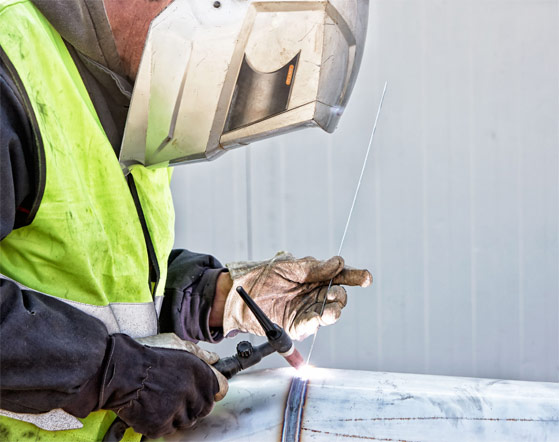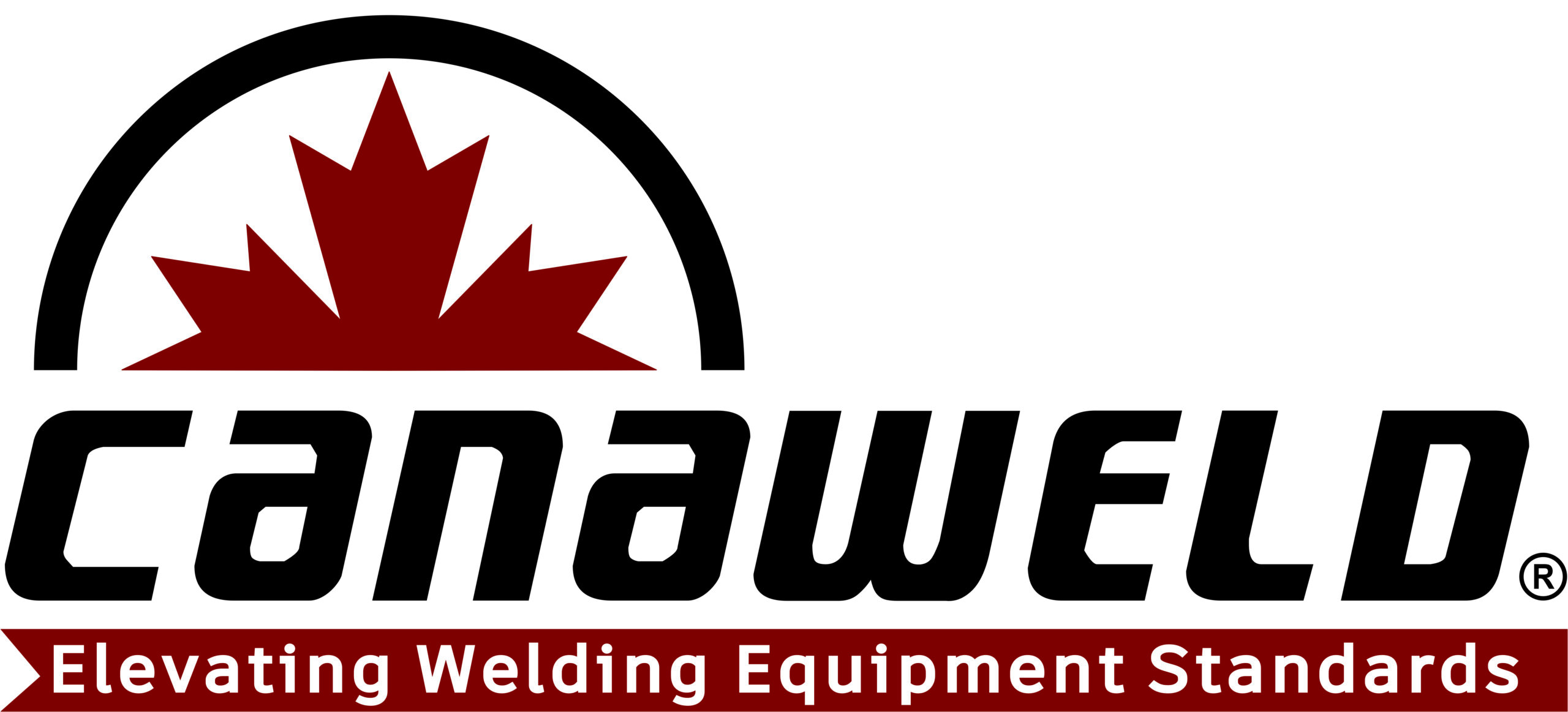Beginners Guide to TIG Welding
 TIG welding can initially come off as intimidating to welders both advanced and beginner alike— but the good thing is it doesn’t have to. With the right amount of practice and proper information, you can become a skilled beginner of TIG welding in no time. Here at Canaweld, we would like to talk about a few of the pointers we have for anyone who is learning TIG welding/wants to learn.
TIG welding can initially come off as intimidating to welders both advanced and beginner alike— but the good thing is it doesn’t have to. With the right amount of practice and proper information, you can become a skilled beginner of TIG welding in no time. Here at Canaweld, we would like to talk about a few of the pointers we have for anyone who is learning TIG welding/wants to learn.
Keep an Eye on Your Torch/Hand Placement
Producing a lot of scrap can happen more often than you think due to improper hand placement and control. This is especially true when it comes to beginners at TIG welding. When you want to ensure full puddle control and minimize the amount of aluminum you waste, be sure to follow these torch and hand positioning tips:
- When you’re holding the torch, brace it with the bottom of your hand to the table. This ensures your hand stays steady and even throughout the welding process.
- Hold the torch steady with a light backward angle of about five to fifteen degrees.
- Pulling the tungsten too far away from the workpiece can spread the arc too wide and causes puddle control to go awry. To avoid this, keep the tungsten and the workpiece in close proximity to one another.
Plan Out Your Movements
When you want to be skilled at TIG welding, you want to make sure your hand flows with the movement of your torch correctly to avoid having to strike an arc. You can practice with gloves on to prepare for a certain movement set beforehand so you know you won’t screw up when you begin to properly weld.
Being a one or two inch welder is not useful in the majority of situations where you have to weld. In order to prevent this from happening, be sure you have a firm grip on the torch and slide your hand (that’s resting on the flat of the table) evenly across the welding table. Do not just move your fingers — moving your hand is crucial.
Focus on Your Puddle Control!
One of the main things TIG welders who are just starting up tend to forget is their puddle control. Even with the proper hand and torch placement, you want to be sure that you find the puddle and use it to guide it down the workpiece.
Since aluminum gets hot rather quickly, time and control is of the essence when doing a project such as this. Like pushing a snowball down a snow hill, this metal can pick up heat extremely fast. This means that it is crucial to keep an eye on the puddle as you continue your movements so the width of the puddle stays uniform. If you are noticing that the puddle is becoming too hot, simply ease your foot off of the pedal a bit so the width stays the same throughout.
When you hit the end of a piece there is less aluminum meaning that the base will begin to collect the heat, and quite quickly at that. To avoid this from having the puddle wash out, put less pressure on the pedal. Don’t completely take your foot off the pedal, however, as the puddle can disappear if you don’t put enough heat in it!
Bring Filler Metal Into Puddle
The proper way to add filler metal to your puddle is by maintaining the right consistency throughout. You can begin introducing filler metal with a motion of dabbing and moving, as there is no need for extreme torch movements for this process. The dabbing movements will create the bead profile.
Once you’ve identified the puddle, add filler metal to the edge of it. Establishing the rhythm of this process comes much easier once you’ve established the proper movement. When all of these things work in unison, you’ll be making a proper and professional weld bead on aluminum like nobody’s business.
Taking Advantage of Your Machines Features
Certain TIG machines will give you the ability to fine tune your welding arc so that it is specifically suited to the joint design you’re trying to create. It can also help create a certain weld bead appearance based on what you prefer. Sure, setting the amperage can be utilized to create a more targeted weld, but did you know that you can also adjust the balance and frequency to achieve a desired result as well? Adjusting both of them has different functions on how your weld will turn out.
When you adjust the balance function, it essentially controls the cleaning of the oxide layer off of the aluminum. The lower the balance number is, the more cleaning will happen — and of course the opposite is true. The higher the balance number, the less cleaning will take place. Where you set this number will entirely depend on your joint design/material thickness, etc.
Adjusting the frequency function will, in simplest terms, focus the arc to a certain width/consistency. The lower you set your frequency, the more the arc will be wider & lazier. Alternatively, the higher you set it, the more focused/targeted it is.
Buy Our Products Today
When you want to ensure that your next welding job is completed in the most efficient and professional manner possible, take a look at what our shop has to offer. Here at Canaweld, we offer a wide variety of different welding equipment and machines for an amazing price. Designed and tested right here in Canada, these products are made to last. To learn more about our TIG Welding products & machines, contact our team at (416) 548-5650 today!
